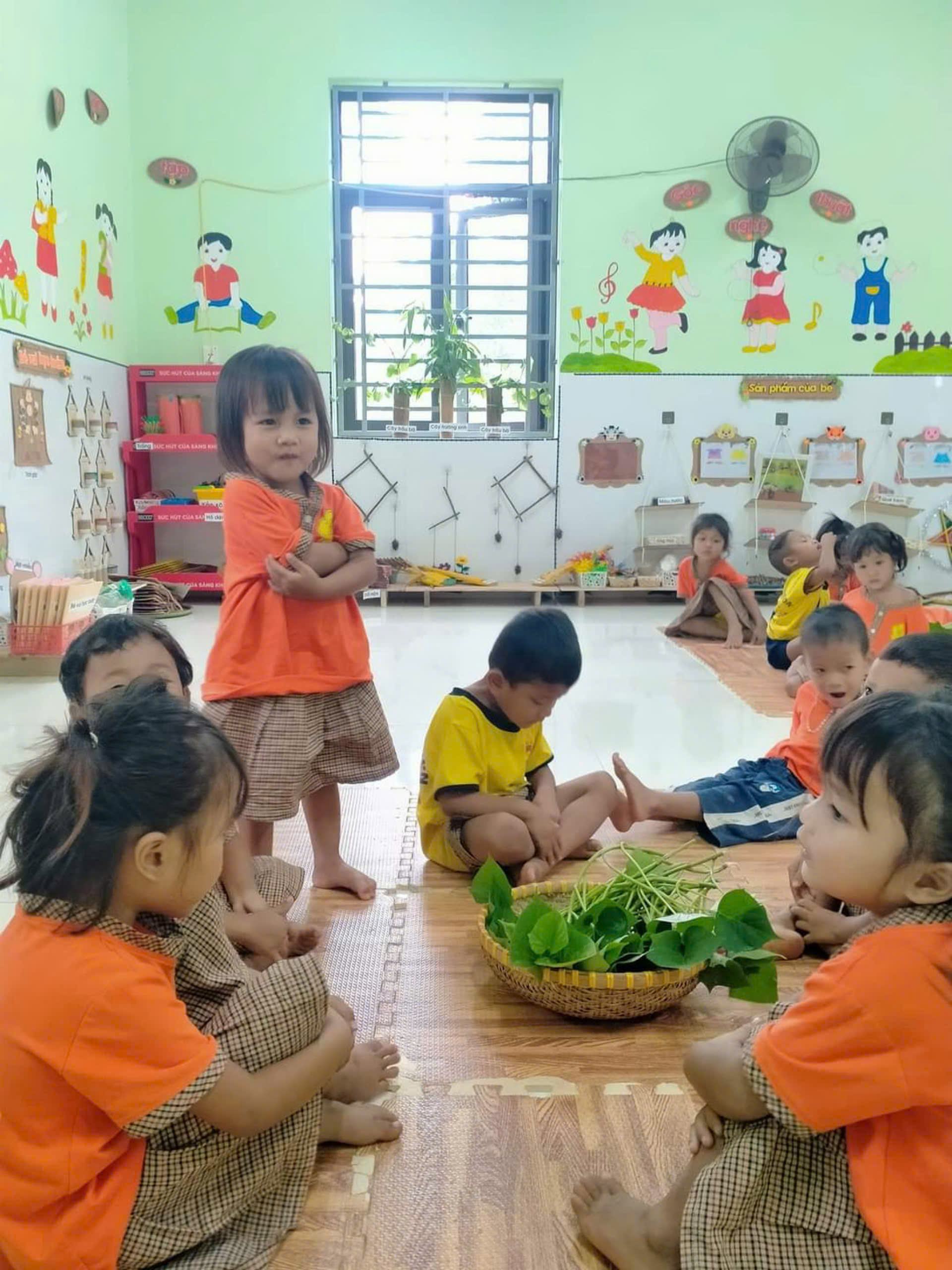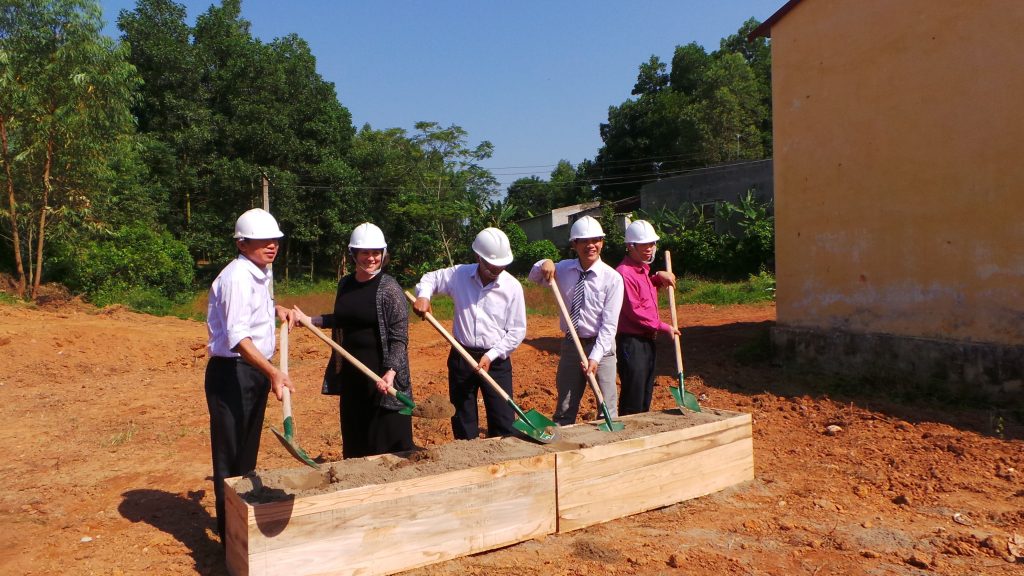The need
VES works to address the urgent need for proper kindergartens in rural and remote areas and to provide lunches for these children to ensure their cognitive and physical development.


Rural Vietnam
The economic situation in Vietnam has improved significantly over the past two decades. Major investments have been made in Infrastructure – roads, airports, ports, schools – and GDP per capita has risen dramatically. However, while these improvements are clearly visible in urban areas, rural Vietnam remains poor. Many rural Vietnamese remain extremely food insecure, live in very poor conditions and struggle to get by economically.
And sadly rural poor areas are also often the most affected by natural disasters. For example, in October 2020, central Vietnam was hit by a series of tropical storms and typhoons. These caused massive flooding and landslides. Water reached as high as the roofs of houses and washed away people, their animals and crops. Sadly one of our kindergarten children and her family died in one of the landslides.
The importance of early childhood education
The importance of early childhood education cannot be overstated. A child’s early years are the foundation for his or her future development. An early childhood education program gives children an opportunity to develop their social and emotional skills and to form bonds with peers, teachers and caregivers. Children learn pre-reading skills and begin to develop early math knowledge.
The opportunity for two to five year olds to attend kindergarten in Vietnam offers these youngsters stimulation and learning opportunities while freeing both parents to work. In rural areas, parents are primarily engaged in agricultural work farming in the fields or harvesting in the jungle. The ability to have both parents working dramatically improves the family’s economic situation.
When kindergartens have kitchens, children whose parents can afford the modest fee are assured of a solid mid-day meal and afternoon snack. Most of our VES kindergartens have kitchens and we pay for lunches for children whose parents cannot pay the lunch fee. In
Quảng Trị province we pay for lunches for all the children at our kindergartens.

The situation in Vietnam
Below is data supplied by UNICEF that highlights the urban-rural disparities in Vietnam.

Multidimensional Poverty
(GSO & UNICEF, 2022)
Highlights of Disparity
Multidimensional Poverty
4.3%

Ho Chi Minh City
0.0%

Dien Bien Province
27.8%

Da Nang City
0.9%

Gia Lai Province
22.7%
Multidimensional Child Poverty
10.9%

Urban
5.0%

Kinh Group
6.5%

Rural
13.7%

Other Ethnic Group
35.9%
US Stunting Rate
19.2%

Urban
12.4%

Rural
14.9%

Boys
18.6%

Girls
20.6%

Dien Bien Province
27.4%

Kon Tum Province
29.3%

Education
(GSO & UNICEF, 2021)
Highlights of Disparity
Lower-secondary completion rate
86.8%

Boys
83.9%

Girls
89.6%

Urban
90.7%

Rural
84.5%

Richest*
98.1%

Poorest*
67.1%

Kinh Group
90.0%

Mong Group
54.9%
Upper-secondary completion rate
58.1%

Boys
51.4%

Girls
65.0%

Urban
74.8%

Rural
46.4%

Richest*
91.8%

Poorest*
31.0%

Kinh Group
62.9%

Mong Group
16.0%
Note:
* Richest: The richest fifth of the population
* Poorest: The poorest fifth of the population
Get in touch
Please do not hesitate to contact us for further information.
